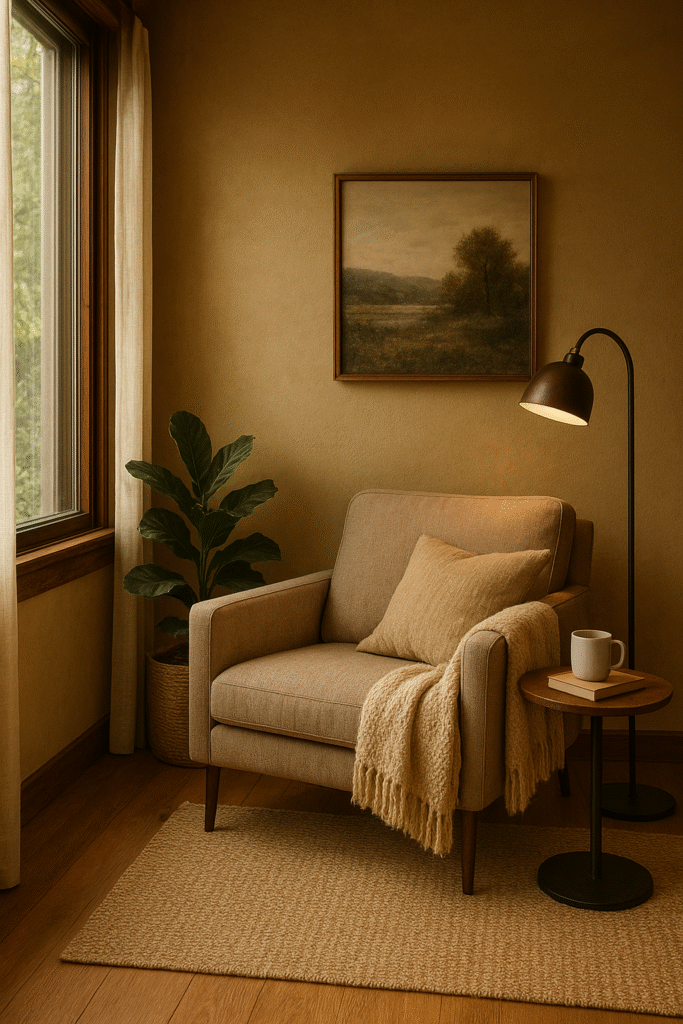How do you decide which window treatments will not only enhance your home’s appearance but also suit your lifestyle? Choosing the right window treatments can seem overwhelming with all the options available. However, when you break down the decision-making process into manageable parts, you’ll find it’s much simpler than you think.

This image is property of images.pexels.com.
Understanding Your Needs
The first step in choosing the right window treatments is to consider your specific needs. Are you looking for privacy, light control, aesthetics, or a combination of these factors? Each need will guide you toward different types of treatments.
Privacy Considerations
If privacy is a top priority, consider treatments that offer full coverage, like blackout curtains or woven wood shades. These options can block outside views while still enhancing your room’s décor.
Light Control
On the other hand, if you want to control the amount of natural light that enters your space, lighter materials like sheer curtains or adjustable blinds might be more suitable. These allow you to softly filter light while maintaining a level of transparency.
Aesthetic Appeal
Think about how your window treatments will fit into your overall design theme. Do you want something modern and sleek, or more traditional and warm? Matching the treatments to your decor style can elevate the look of a room significantly.
Types of Window Treatments
There are several types of window treatments to choose from, each offering different benefits and aesthetics. Understanding these options will help you make a more informed decision.
Curtains
Curtains are a versatile option that can add softness to a room. They come in various lengths, materials, and colors, allowing you to customize your look.
Sheer Curtains
Sheer curtains provide a light and airy feel. They diffuse sunlight beautifully, making your space feel brighter without sacrificing too much privacy.
Blackout Curtains
For complete light control, blackout curtains are ideal. They block out almost all outside light and are perfect for bedrooms or media rooms.
Blinds
Blinds are a practical choice that offers excellent privacy and light control. They can be easily adjusted to let in as much or as little light as you desire.
Horizontal Blinds
Horizontal blinds are a classic option, popular for their versatility. They work well in both modern and traditional settings and can be made from materials like wood, vinyl, or aluminum.
Vertical Blinds
If you have large windows or sliding doors, vertical blinds may be the best fit. They slide to the side and create an unobstructed view when opened.
Shades
Shades come in various styles and can be a perfect addition if you want a soft look without the bulk of curtains.
Roller Shades
Roller shades are simple and sleek and can be made from a single piece of fabric. They come in various levels of opacity, allowing you to customize your light filtration.
Roman Shades
Roman shades offer a more traditional look and are available in various fabrics. They create a plush, elegant appearance and can also provide effective light control.
Window Films
If you’re looking for a more unconventional option, window films can be both decorative and functional. They can block UV rays and provide privacy without the need for heavy treatments.

This image is property of images.pexels.com.
Measuring Your Windows
Before purchasing your window treatments, it’s crucial to properly measure your windows to ensure a perfect fit. This process can seem daunting, but it’s straightforward if you go step by step.
Measuring Width
Start by measuring the width of the window. If you plan to mount the treatments inside the window frame, measure the width of the actual window. For an outside mount, add extra width to ensure the treatments will adequately cover the window and enhance its appearance.
Measuring Height
Next, measure the height. Again, consider whether you are mounting inside or outside. For inside mounts, measure from the top of the window frame to the sill. For outside mounts, measure from where you want the top of the treatment to be down to the sill.
Considerations for Placement
Don’t forget about placement! If you plan to hang curtains or drapes, consider how high you want to mount the curtain rod. Hanging rods higher can create the illusion of taller ceilings.
Choosing the Right Color and Pattern
Once you have your measurements, it’s time to think about color and pattern. This decision can significantly impact your room’s lighting and overall aesthetic.
Color Schemes
Choosing the right color can set the mood for your space. Lighter colors can make a room feel airy and calm, while darker colors often add depth and drama.
Patterns
If you are drawn to patterns, consider how they will interact with your existing décor. Large patterns can be visually striking but may dominate a small space. Conversely, small patterns can add texture without overwhelming the room.

This image is property of images.pexels.com.
Considering the Fabric
The fabric you choose can affect the functionality, style, and durability of your window treatments. Here are some popular fabric options:
Cotton
Cotton is a popular choice for curtains and drapes. It’s soft, easy to care for, and comes in countless colors and patterns.
Polyester
For a more durable option, polyester is resistant to fading and wrinkling, making it ideal for busy households.
Linen
Linen provides a relaxed look and is breathable. However, it can wrinkle easily, so consider this when choosing treatments for high-traffic areas.
Silk
If luxury is what you’re after, silk curtains add elegance to a space. They catch the light beautifully but may require more care than other fabrics.
Budgeting for Your Window Treatments
While the options may seem endless, creating a budget can help narrow down your choices. High-quality window treatments can be an investment, but they can also provide protection from UV rays, enhance your home’s energy efficiency, and contribute to your overall design.
Setting a Budget
Start by determining how much you are willing to spend. Keep in mind not just the cost of the treatments themselves but also any necessary hardware, installation costs, and potential cleaning or maintenance expenses.
Finding Deals
Remember to shop around! Sales cycles vary throughout the year; you may find significant savings during holiday sales or end-of-season clearances.
Installation Options
How you choose to install your window treatments can impact their usability and appearance. You can either do it yourself or hire a professional, depending on the complexity of your treatments.
DIY Installation
If you are handy, many window treatments come with installation kits and instructions that make DIY installation straightforward. This can save you some money and allow you to customize to your preferences.
Professional Installation
If you’re opting for more complex treatments, such as custom drapes or motorized blinds, hiring a professional may be the best choice. They have the right tools and experience to ensure a perfect fit.
Maintaining Your Window Treatments
To keep your window treatments looking their best, it’s important to establish a maintenance routine. This ensures they continue to improve the aesthetic of your home and last for years to come.
Cleaning Methods
Cleaning methods vary depending on the type of treatment. For curtains, check the label for washing instructions. Most can be machine washed, while others may require dry cleaning.
For blinds, a simple dusting with a microfiber cloth can help, but you may occasionally need to remove them for a deeper clean.
Repairing Damage
In case of any wear and tear, consider easy repairs like re-stitching a hem or replacing a broken slat on blinds. Many stores offer replacement parts that can make repairs straightforward.
Trends in Window Treatments
Window treatment trends evolve just like any other aspect of home design. Being aware of current styles can help you make a choice that feels trendy but will also stand the test of time.
Natural Materials
Natural materials like bamboo, wood, and linen continue to be popular for their organic look and feel. These options can add warmth and texture to your space.
Smart Blinds
For a modern touch, smart blinds that can be controlled via your smartphone or home automation system are gaining traction. This option can provide convenience and energy efficiency.
Layering Treatments
Layering treatments, such as combining sheer curtains with heavier drapes, allows you to mix and match styles while also optimizing light control and privacy.
Final Thoughts
Ultimately, choosing the right window treatments for your home is a personal decision that hinges upon your needs, preferences, and lifestyle. By understanding your options, measuring your windows accurately, selecting the right materials, colors, and patterns, budgeting wisely, and considering installation options, you can create a space that looks fantastic and meets all your functional requirements.
As you make your selections, remember that your window treatments should harmonize with your overall design and enhance your home’s comfort and functionality. Take your time with the process, and enjoy transforming your windows into beautiful features of your home!




